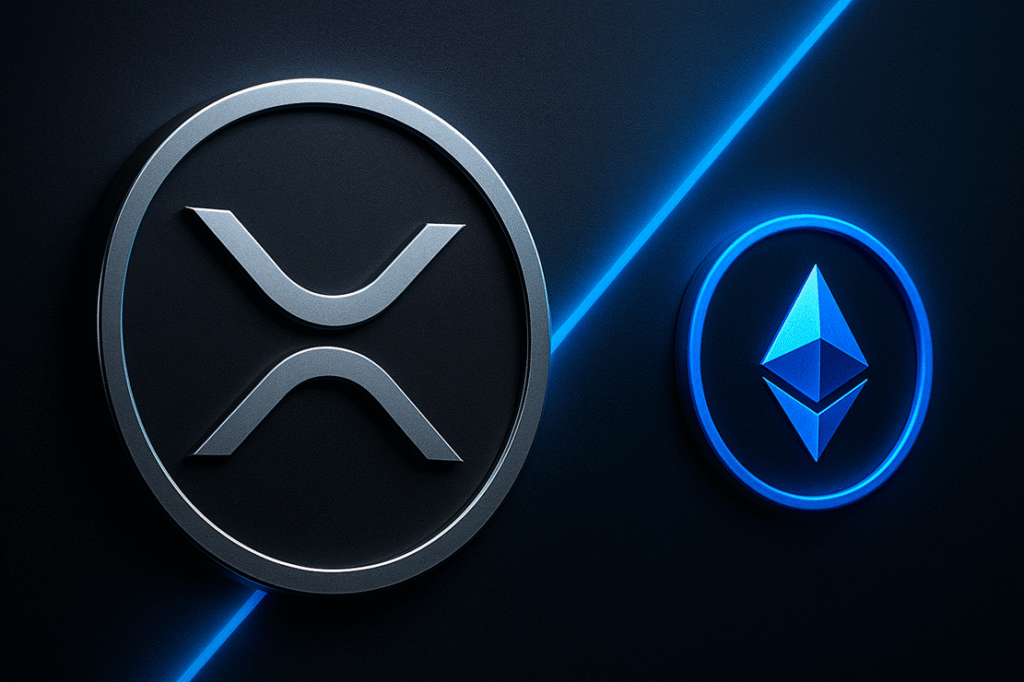In the constantly evolving landscape of digital finance, innovations such as new token standards hold the promise to redefine how financial institutions interact with the blockchain. The XRP Ledger has recently made headlines by launching its groundbreaking Multi-Purpose Token (MPT) standard. By embedding this standard directly into the protocol, the XRP Ledger aims to simplify issuing and managing fungible tokens, which could significantly impact institutional tokenization. As we delve deeper into this development, we will explore its implications, the motivations behind it, and how it compares to existing standards like those in Ethereum.
XRP Ledger’s MPT Standard: A New Era of Institutional Tokenization
Bridging Institutional Gaps in the Token Economy
Unlike Ethereum, where similar functionalities are executed through complex smart contracts, the XRP Ledger’s approach is distinct. The MPT standard integrates these functionalities directly into the protocol, highlighting a significant architectural shift. On Ethereum, the reliance on smart contracts imposes certain limitations, often requiring additional modules for compliance and transfer controls. In contrast, XRP’s MPT includes these capabilities natively, facilitating seamless integration for institutions.
Standardizing Institutional Tokenization
Kenny Lei, a Ripple engineer, underscores that the MPT standard aims to alleviate common challenges such as audit complexities and regulatory uncertainties faced by institutional pilots. With MPT, issuers gain the ability to incorporate compliance measures and lifecycle management into tokens with ease. This includes vital features like KYC/AML compliance, customizable transfer rules, and robust multi-signature or delegated key management systems.
The Strategic Role of MPT in Ripple’s Roadmap
Ripple’s strategy positions MPT as a transformative language for real asset representation on the blockchain. The protocol facilitates handling maturities, eligibility requirements, and confidential transactions while promising future support for privacy-preserving transfers. The ongoing development roadmap indicates forthcoming enhancements, such as a native lending protocol and an MPT-centric DEX, further pushing the boundaries of institutional DeFi (Decentralized Finance).
Challenges and Opportunities Ahead
While the potential of MPT is promising, it naturally invites comparisons with Ethereum’s established ERC standards. Critics highlight the durability and proven security of ERC frameworks, suggesting a cautious approach towards integrating new models. Lei responds by emphasizing the incremental deployment strategy for MPT’s features, aiming to build a robust and scalable foundation gradually.
Comparative Advantages of MPT Over Traditional Standards
Given the stringent regulatory environment, the ability of the MPT standard to embed key compliance controls directly into the ledger may offer a decisive advantage for conservative financial institutions. In contrast to Ethereum’s optional module-based approach, XRP Ledger’s protocol-level implementation promises reduced costs and enhanced compliance clarity, which could be a game-changer for the industry.
Insights and Future Directions
At the time of writing, XRP’s value shows resilience in the market, reflecting the community’s optimistic stance on these developments. As the ecosystem continues to evolve, how institutions leverage the MPT standard will determine its long-term impact, paving the way for a more regulated yet dynamic financial market landscape.
FAQs
What makes the XRP Ledger’s MPT standard unique?
The MPT standard stands out by embedding token issuance and management functionalities directly into the XRP Ledger protocol. This eliminates the need for custom smart contracts, providing a more streamlined and secure approach for institutional use.
How does the MPT standard impact institutional tokenization?
By simplifying compliance and lifecycle management, the MPT standard reduces the complexity of token issuance for institutions. This standardization can lead to lower integration costs and fewer regulatory challenges, making blockchain technology more accessible for institutional players.
What are the potential risks associated with adopting the MPT standard?
While MPT promises several advantages, transitioning from established frameworks like Ethereum’s ERC standards involves risks such as untested scalability and potential regulatory scrutiny. Institutions should conduct thorough due diligence to understand these risks before adoption.
Why does the XRP Ledger target institutional DeFi with its MPT standard?
The focus on institutional DeFi aims to reconcile the benefits of decentralized finance with the regulatory requirements of traditional finance. By integrating compliance features at the protocol level, the XRP Ledger seeks to create a secure and efficient environment for institutional financial activities.

